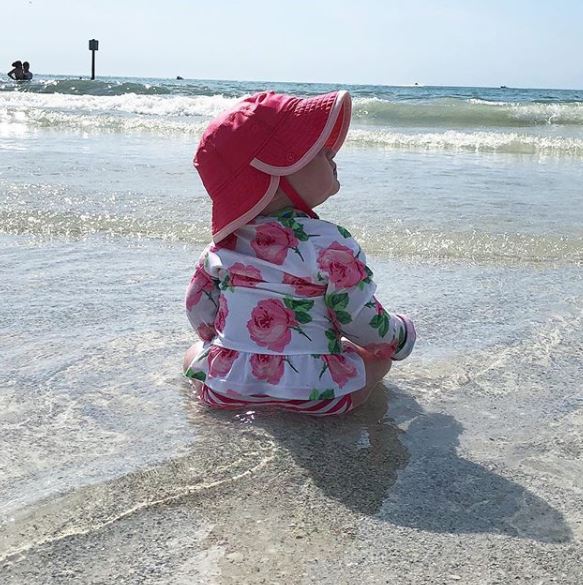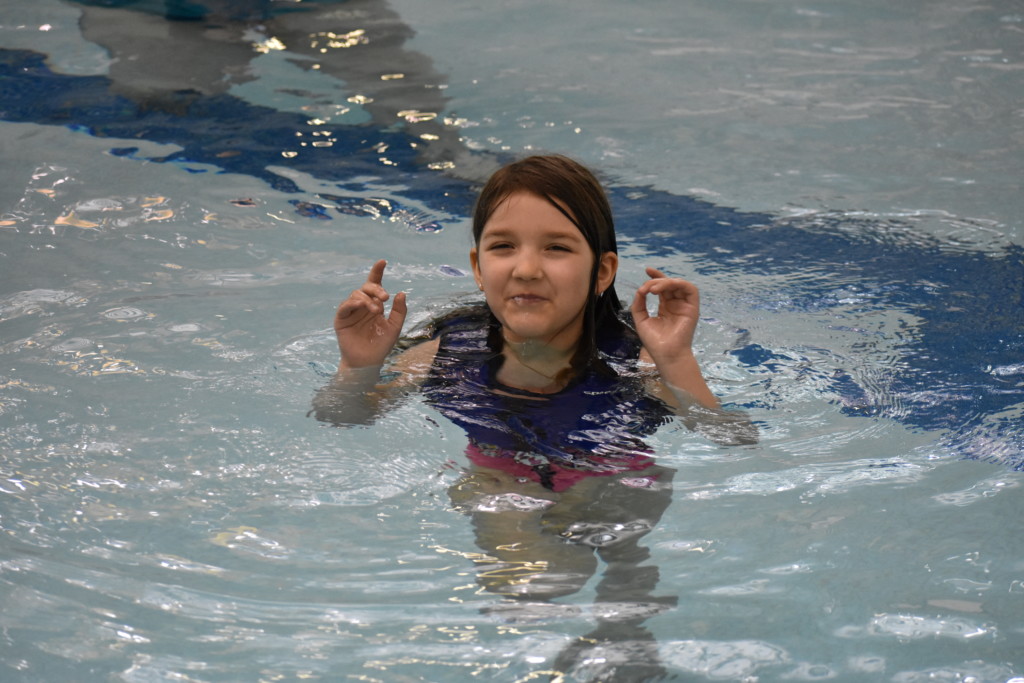According to the Great Lakes Surf Rescue Project there were six drownings in Michigan by April 15, 2018. The state of Michigan says drowning is the leading cause of death for children in our state. As a former lifeguard and swim instructor, I know these numbers are avoidable.

I also know, as a mother, it is hard to watch our kids battle to learn to swim because we can’t help them. I know, on a mental level, that it’s easier if we start young. I also know, on the same level, that it’s good for them. That doesn’t make it easier when they are standing on the edge of the pool crying hysterically because they are scared.
I’ve been there. I remember sitting on the shore of Lake Michigan with my step-son screaming. He was 4 years old. The week before he had fallen into the pool at his grandma’s house. We were lucky, an adult was right there, but it could have been so much worse.

As parents, there are some things we can do to keep our children safe as we come into swimming season:
Talk about pool safety: Talk about being safe around the water early and often. Discuss potential dangers without making them afraid of the pool and pool area. Remember, even those that know how to swim can drown. For young children, there are useful tools like the Pool Safety Song. Talk about safety devices and know how to use them appropriately. Understand that many public pools do not allow inflatable because they are not as safe as they seem.
Start Swim Lessons early: Children can start swim lessons as early as 3 months-old in the Red Cross Water babies class. Further classes are based on skill level rather than age. All class beyond water babies will include some water safety.
Supervision: Remember, safety in numbers is a myth at the pool. Children are not likely to notice if another child is struggling or even submerged. Make sure you know the signs of distress and drowning, drowning is quiet. Even when there are lifeguards, keep an eye on your children. Public pools are often busy and it is easy for a child to slip below the water without anyone seeing them.
Can’t call for help: The face of drowning is quiet. They can’t get their mouth above water enough to take a breath. You have to be able to breathe to call for help. Remember, children playing in the water are not quiet, if they get quiet find them and find out why. Being tired or cold can play a part in drowning.
Can’t wave for help: We instinctively put our arms out to the side and push the water down to try to bring our mouth above the water. This prevents forward movement and waving for help.
Body Position: There is little to no evidence of kicking. Their face and eyes may be covered by their hair. Their head may be tilted back with the mouth open. They may be glassy-eyed and exhausted.
Take a CPR and first-aid course: As the Boy Scouts say ‘Be Prepared’. We don’t want to imagine needing this but it’s better to be safe than sorry. The average response time for first responders is ten minutes and studies show that CPR sooner is more effective.

While this isn’t an end all be all list, everything helps. Go out and have fun this summer. Enjoy the wind and waves while being safe.














